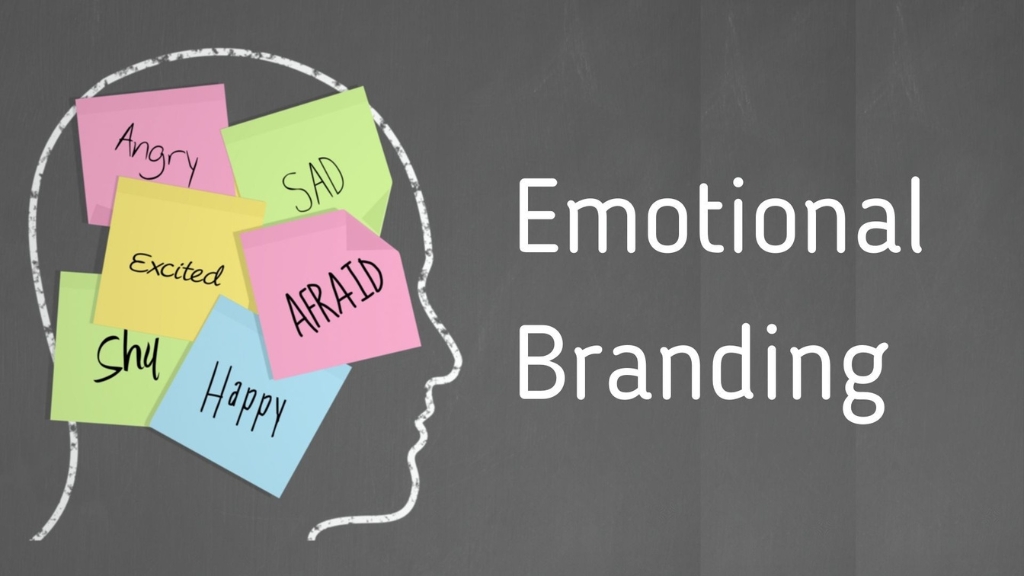How Emotional Branding Builds Strong Customer Connections
How Emotional Branding Builds Strong Customer Connections
Blog Article
Well, are we all aware of emotional branding? When you hear the name, you probably think of emotional branding. What is this again? It turns out that emotional branding is nothing new. Having an excellent product or service alone won’t get you far in this highly competitive market. Making a place in the hearts of your customers is essential to success. That’s exactly what emotional branding does. The brand and the customer’s emotions are essentially tightly connected. Today’s article will provide a detailed explanation of emotional branding and how it works.
What is Emotional Branding?
A marketing technique known as emotional branding aims to build an emotional connection between a company and its customers. It essentially appeals to a customer’s feelings in addition to the practical advantages of a good or service. The process of forging an emotional bond between a company and its clients is known as emotional branding. Customers who experience this kind of branding form a close relationship with the business and show their brand loyalty as a result.

Why is Emotional Branding Important?
These days, emotional branding is necessary for businesses to stand out from the competition and leave a lasting impact on clients. Customers are growing weary of constantly seeing commercials and marketing messages in this hectic online environment. In this competitive industry, emotional branding enables companies to engage with consumers more deeply.

Furthermore, emotional branding boosts client support and loyalty. Customers are devoted to a brand and will refer it to others when they have a deep emotional connection to it. The brand steadily becomes more well-known as a result.
Storytelling is one of the essential components of emotional branding. Brands can establish significant relationships with their target audience by crafting captivating narratives that speak to their beliefs and emotions. Brands may communicate their message in a distinctive, real, and captivating way by using stories.
The primary objective of any brand is to set itself apart from competitors and become a consumer-focused brand. Reaching this objective is largely dependent on emotional branding. As an illustration, we can talk about Apple. The brand has expanded beyond gadgets. Instead, life has adapted to it. Customers are purchasing an emotion when they purchase an Apple product.

Methods for Using Emotional Branding in Business Promotion
Doing market research on the emotions that people respond to best becomes crucial if you want to include emotional branding in your company’s marketing plan. Let’s take a quick look at various methods for using emotional branding:
- Brand storytelling: By narrating a gripping tale about your company, you may quickly establish a personal connection with customers. Generally speaking, brands that are successful employ tales to communicate their beliefs, mission, and influence on consumers’ lives. Telling your brand’s journey will help you establish a human connection with your audience. The audience will feel something when they read this story, whether it’s inspiration, nostalgia, or joy. Trust is established by an authentic story. You must ensure that the brand narrative is genuine and aligned with the brand’s objectives and values.
- Brand Customization: Adapting your brand to the individual tastes of your customers significantly boosts their acceptance of it. It is easy for brands that comprehend the audience’s feelings and emotional demands to become well-liked by them quite rapidly. For example, the services offered by companies such as Netflix and Spotify are tailored to the individual preferences of their subscribers.
- Consistent Brand Messaging: The core of consistent brand messaging is emotion. Consistency in voice, tone, and visual identity enhances emotional appeal and brand recognition. The tone of your brand’s social media postings and adverts must remain consistent. For this, you must consider designs and colors when choosing the company’s logo.
- Building Communities: Customers identify strongly with companies that share their values and contribute to society. Social media groups, events, and other programs can all be used to foster community building. The audience feels a sense of devotion and belonging as a result.

Impact of Emotional Branding
Long-term loyalty is fostered by the strong emotional connection that emotional branding builds with consumers. This loyalty is strong enough to endure shifts in the market or the competitive environment. Support for Brands Brand advocates are loyal customers who spread the word about the company both inside and outside of their network. Generally speaking, consumers’ emotional attachment to a brand is what propels emotional branding. It’s a tactic that makes consumers keep buying from that company and interact with it for a long time.
Emotional branding is becoming more and more popular in today’s environment. To establish enduring ties with their customers and make their business necessary, businesses are employing emotional branding. In this fiercely competitive environment, effective emotional branding is the only way to thrive.
Read More: https://bstandard.info/english/how-emotional-branding-builds-strong-customer-connections/ Report this page